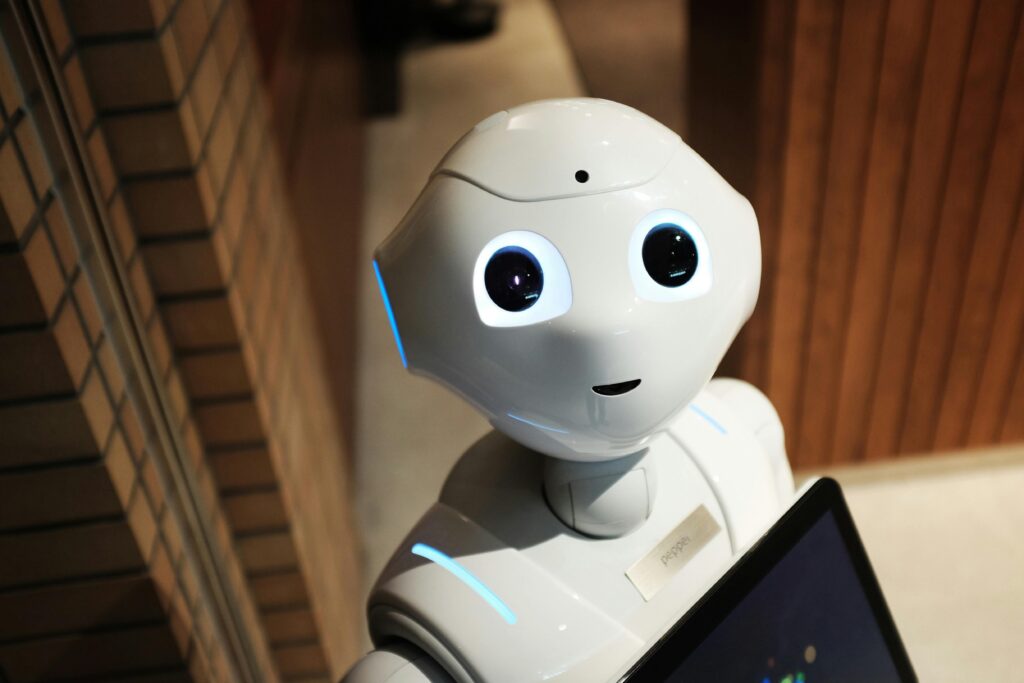[vc_row][vc_column][vc_column_text]
CyNexLink Blog • November 30, 2017
The world is becoming increasingly connected. This isn’t a mystery. But how expansive is this growing unity?
The term used to describe the connecting of any device with an on and off switch to the Internet is called the “Internet of Things.” This can include cellphones, headphones, coffee makers, lamps and refrigerators. Essentially, anything you can think of is part of the vast network.
Gartner, an American research and advisory firm, projects that there will be more than 26 billion connected devices by 2020. The world is expected to become evermore connected in the enduring march towards technological purity.
This unity will allow for devices to communicate with one another. This already has a direct impact in the daily lives of many. For example, your car and device may “talk to each other” about your daily travel demands, resulting in your phone recommending driving routes.
The technological implications are vast, with researchers prophesying “smart cities” or a “smart world” with all limbs of technology in communication with one another for the sake of efficiency.
But what does this network of things mean for companies? What is the business value of the data generated by the Internet of Things?
Internet of Things analytics can help companies comprehend the data at their disposal. An analysis of the network can lead to improving business operations, reducing maintenance costs and avoidance of equipment failures.
Package delivery trucks, manufacturing systems and electrical grids have sensors that monitor performance. A business can collect and store the data gleaned from the sensors to greater improve efficiency by analyzing patterns and blueprinting more proficient delivery methods and preventive maintenance.
Prior to the inception of the Internet of Things, it was difficult, or near impossible, to analyze the aggregate of information from various devices, which were independent of one another. Now, Internet of Things technology allows for data to be pooled into data warehouses, Hadoop clusters and other data platforms.
Retail businesses can use data collected from security cameras and Wi-Fi to better understand the behaviors of their customers while shopping. Companies can also utilize the data from smartphones, wearable devices and others to initiate targeted marketing techniques.
Business Insider predicts that trillions of dollars will be spent on Internet of Things solutions over the next few years. Considering the inevitable expansion of the institution, it seems businesses should engage with Internet of Things analytics to lower operating costs, increase productivity and expand to new markets, all necessary ingredients to maintaining a healthy company.
[/fusion_text][fusion_text]
There is no such thing as too much of a good thing…
[/fusion_text][/fusion_builder_column][/fusion_builder_row][/fusion_builder_container][/vc_column_text][/vc_column][/vc_row]




